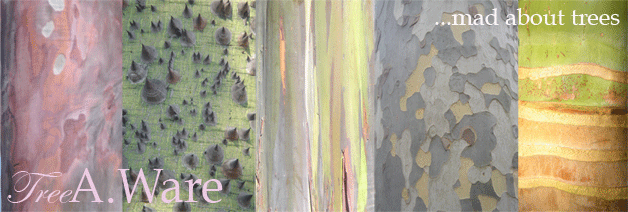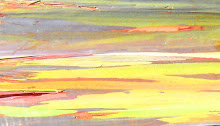This month- August- one is constantly aware of trees' ripening seeds, both on the branches and the ground. I happily photograph them and then suddenly wonder, what is this? is it a seed? is it a nut? is it a fruit? I then find it is a minefield and I am more confused than ever...for some info click here.
In this post I am, as usual, being subjective- just showing what I will loosely call the "seeds" of trees that I have seen over the last few weeks. For economy, I won't include what we generally think of as fruit- apples, plums etcetera.
I will start with a favourite Oak tree of mine in Ilford's Valentines Park- a wonderful ancient tree, covered in Acorns:

I love the patterns the fallen acorns make on the soil:


And there is something so endearing about a glossy acorn in its cup!

But what is NOT so endearing is what I have only recently discovered on oak trees- the Knopper galls. This is caused by the Knopper Wasp which lays its eggs on the acorns, thus effecting the tree's fecundity and the reproductive ability. Apparently it was introduced into this country in the 1960's- so I am surprized I have not noticed these weird distortions earlier:

Now to come to Fir Cones- Here I learn you have both male and female cones, the smaller male cones passing their pollen to the females before falling off the trees. This first image is of two maturing female cones on an Oregon Douglas Fir in Kew Gardens- apparently by September it will be shedding its seeds:

These next two images are of Cones on trees in the grounds of Woburn Abbey. Unfortunately, I have not yet ascertained the names of the trees. Does anyone recognize them from the cones and needles?


These next attractive little cones I saw in Leamington's Jephson Gardens- but again don't yet know the name of the tree...

Whereas these next oddities, on a Cupressus sempervirens pyramidalis, I saw in Hidcot Garden:

These are the "nuts" of an Alder tree in Valentines Park:

Now for the "flying" seeds or Keys: most of us remember as children dropping the wings of the Sycamore trees (not to be confused with the London Plane tree also known as a Sycamore in the US) for the pleasure of watching them spiraling rapidly to the ground:



The seeds of this Lime tree (also in Valentines Park) are hanging from ingenious wing-like leaves called "bracts" which fly the seeds away from the tree:


Hornbeams also carry their seeds on bracts but in large clusters:


Now Ash keys I always find magic- as a child I was quite convinced they really were functional keys! Although in clusters, their keys are single, carrying a single seed. First, I am showing some glossy new ones and then some ripened brown ones, which can remain on the trees throughout the Winter:


Another tree I saw in Leamington's Jephson Gardens was the American Yellow Buckeye, Aesculus flava, with its striking striped, early Autumnal foliage and nut-like seeds:

And another tree I saw in Hidcote Gardens was this Chinese Handkerchief tree- Davidia involucrata. (this link is well-worth reading, to hear of the adventures of the botanist who introduced it to Kew in 1899):

The pom-pom like seeds of the Plane tree are another great favourite of mine!


This next image is of a nut from a Copper Beach. The spiny burs on their cases (which hold two nuts) serve the purpose of attaching themselves to the fur of passing animals and thus distributing them further afield.

And here is the edible nut of the Sweet Chestnut tree in its amazing, spiky case:

I will conclude with my favourite of all-time, the Horse Chestnut nut, better known as a Conker, due to its fame in the game of Conkers. What could be more desirable than this wonderfully patterned, burnished fruit of the Conker Tree?




























